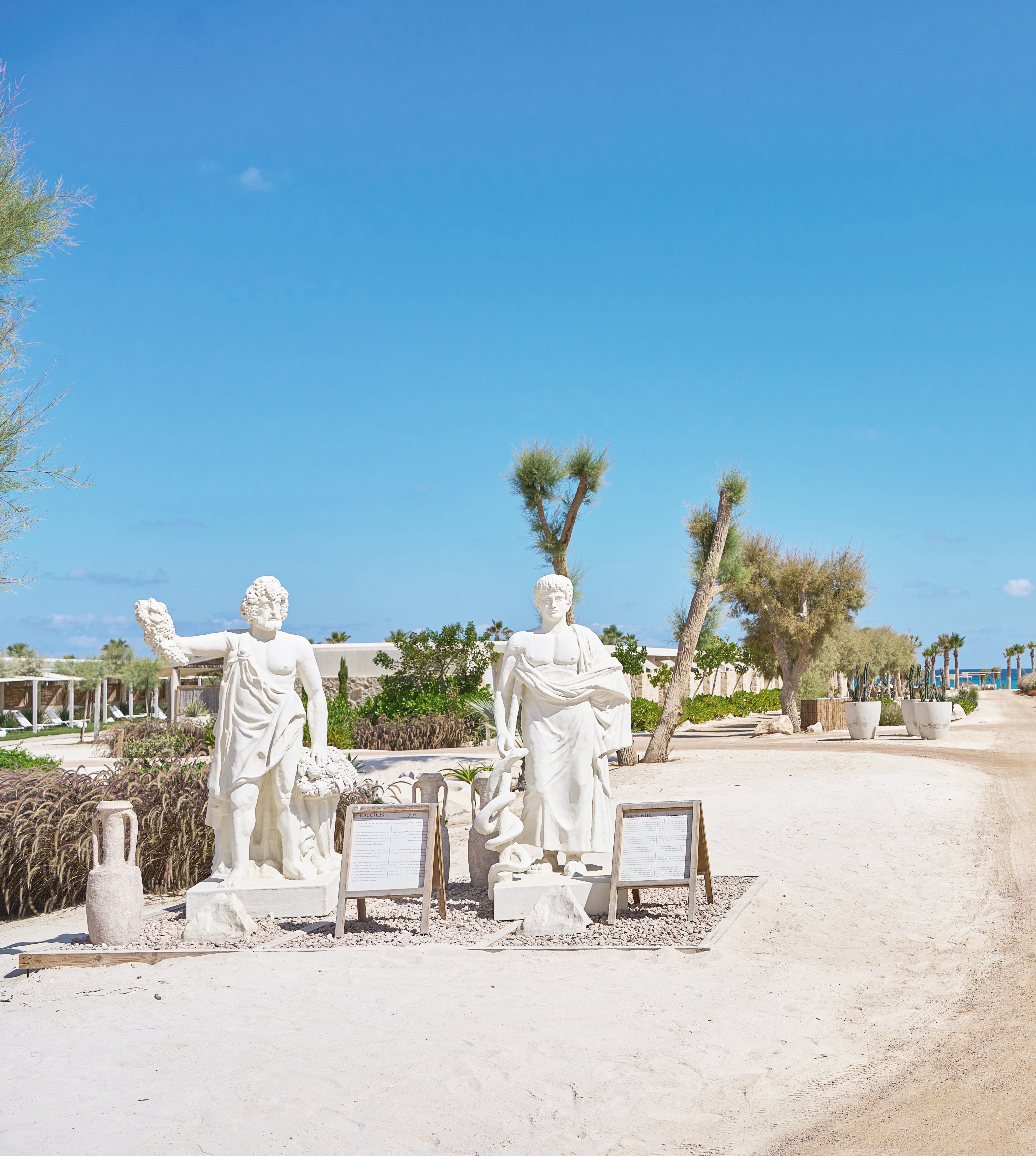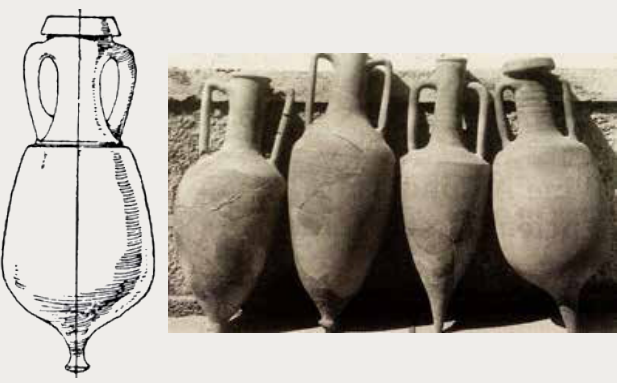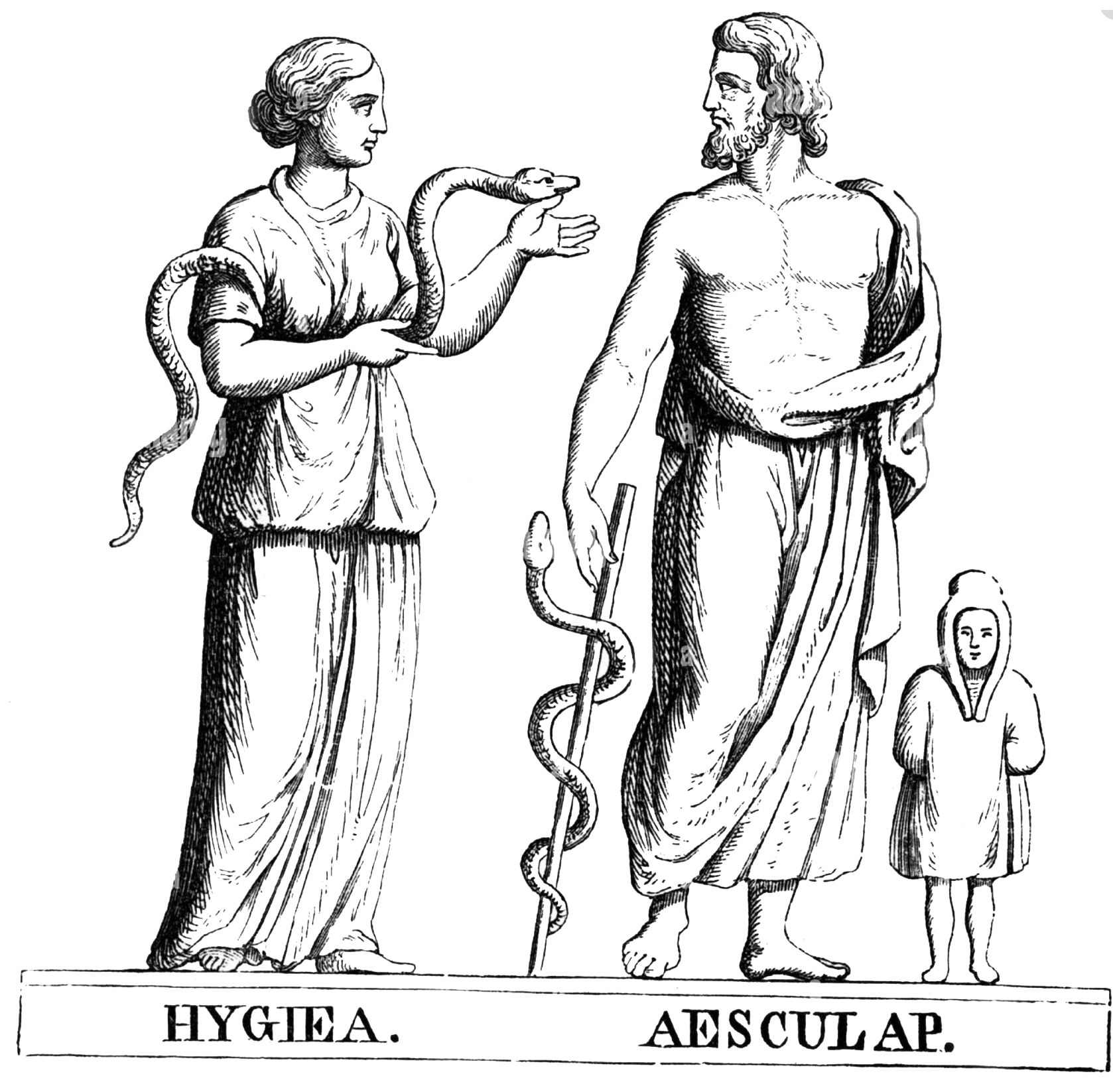
A celebration of heritage
A HISTORY AS OLD AS TIME
Egypt’s North Coast has a long and storied past. Already inhabited in Pharaonic times, by the Hellenistic period, when Alexandria was one of the greatest cities in the world, a long string of cities, towns, harbours and villages ran its length, all the way to Carthage and beyond.
The Bay was home to two ancient settlements of its own, Ladamantia and Zygris, both of which are even mentioned in the 3rd Century Roman port guide, the Stadiasmus Maris Magni, which records that:
“... from Zygris to Ladamantia, close by lies a rather large island, put in with this on your right. There is a harbour accessible with any wind: water is to be found …”
The bay’s modern name, Sidi Heneish, which was given to it by the Arabs, refers to another deity that must once have been associated in these parts; the ancient Greek god of medicine, Ascelpius.
The word ‘sidi’ is a title of respect that can mean ‘master’ or ‘my lord’ and is sometimes also used for saints and gods. Meanwhile, ‘Heneish’ is the Egyptian dialect version for ‘snake’.
RECLAIMING THE VILLAGE
Asclepius was not the only god or saint associated with the bay. During the Byzantine era, Zygris was renamed Bagoush/ Baqoush, the Coptic version of the name ‘Bacchus’, an early Christian saint but also the Roman god of wine and winemaking, who was known to the Greeks as Dionysus. So before the Arabs renamed it after Asclepius, the bay of Sidi Heneish was called Marsa Bagoush, or the Harbour of Bacchus.
Zygris-Bagoush never became much more than a village but at the one point, it was sufficiently important to be given its own bishop bishop, perhaps because of the many ships that took refuge in the bay. Today, Bagoush no longer has a bishop and the bay no longer bears its name. As for the village, it no longer exists, its remains likely buried beneath the shifting sands of the bay.

TRACES OF THE PAST
Ancient Zygris was along one of main Mediterranean maritime routes, which had been in use since at least as early as the Bronze Age. During the Hellenistic and Roman periods in particular, it was the site of substantial commercial activity.
Archaeological surveys of the site have recovered clusters of ceramic objects, including over 150 Egyptian amphorae and Islamic-era pieces, 2,000 year-old interconnected rock-cut cisterns and the traces of at least three shipwrecks, one of them Roman. Other discoveries include two well-preserved 19th Century anchors and recently, the detection of a new archaeological site just outside the bay.

THE LINK WITH ASCLEPIUS?
The link with Asclepius us via his symbol, a rod around which two serpents are entwined, and which is still used as a symbol of medicine today.

